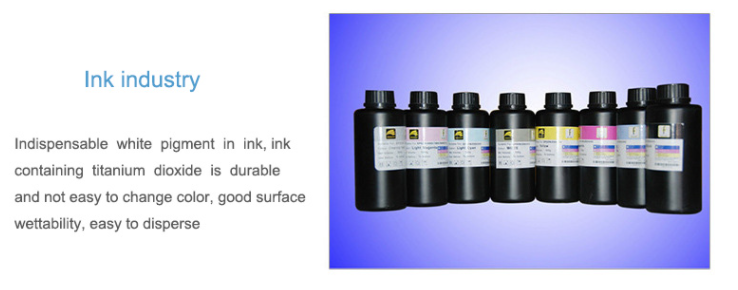
កញ្ញា . 07, 2024 10:26 Back to list
Advanced TiO2 Technology for Innovative Applications
TiO2 Technology A Revolution in Material Science
Titanium dioxide (TiO2) has emerged as one of the most versatile and widely used materials in various technological applications over the past few decades. Often lauded for its exceptional properties, TiO2 plays a crucial role in industries ranging from pigments and coatings to energy production and environmental remediation.
TiO2 Technology A Revolution in Material Science
In addition to its role in pigments, TiO2 is recognized for its photocatalytic properties, which have significant implications for environmental technology. When exposed to ultraviolet (UV) light, TiO2 can catalyze chemical reactions that degrade organic pollutants, making it an effective tool for water and air purification. This characteristic has led to the development of advanced filtration systems and self-cleaning surfaces that require minimal maintenance. Engineers and researchers are now focusing on enhancing the photocatalytic efficiency of TiO2 through surface modifications and dopants, thereby improving its effectiveness in environmental remediation.
tio2 technology

Furthermore, TiO2 is making strides in the field of renewable energy, particularly in solar cell technology. As a semiconductor, TiO2 is used in dye-sensitized solar cells (DSSCs), which offer several advantages over traditional silicon-based solar cells. DSSCs are lightweight, flexible, and capable of functioning in low-light conditions. Researchers are continually optimizing the performance of TiO2-based solar cells, aiming to increase their efficiency and lower production costs, ultimately contributing to a more sustainable energy future.
The unique properties of TiO2 extend to its potential as a catalyst in several chemical processes. Its ability to facilitate reactions under mild conditions presents opportunities for more sustainable manufacturing practices. The development of TiO2-based nanomaterials has also opened new avenues for research into drug delivery systems and biomedical applications, highlighting the material's adaptability.
Despite its many advantages, the production and disposal of TiO2 raise environmental concerns. Mining titanium ore can have detrimental effects on ecosystems, and the potential release of nanoparticles raises questions about safety and toxicity. As a result, researchers are exploring more sustainable extraction methods and recycling techniques to mitigate the environmental impact of TiO2.
In conclusion, TiO2 technology represents a significant advancement in material science, contributing to various sectors while presenting challenges that necessitate responsible management. As innovations continue to emerge, TiO2's role in addressing global issues such as pollution and energy sustainability will undoubtedly grow, paving the way for a brighter and more sustainable future. With ongoing research and development, TiO2 stands poised to remain at the forefront of technological advancements for years to come.
-
Titania TiO2 Enhanced with GPT-4 Turbo AI for Peak Efficiency
NewsAug.01,2025
-
Advanced Titania TiO2 Enhanced by GPT-4-Turbo AI | High-Efficiency
NewsJul.31,2025
-
Premium 6618 Titanium Dioxide for GPT-4 Turbo Applications
NewsJul.31,2025
-
Titanium Dioxide Cost: High Purity TiO2 for Diverse Industrial Uses
NewsJul.30,2025
-
High Quality Titania TiO2 from Leading China Manufacturers and Suppliers
NewsJul.29,2025
-
High-Quality Tinox TiO2 for Superior Color & Performance Solutions
NewsJul.29,2025
